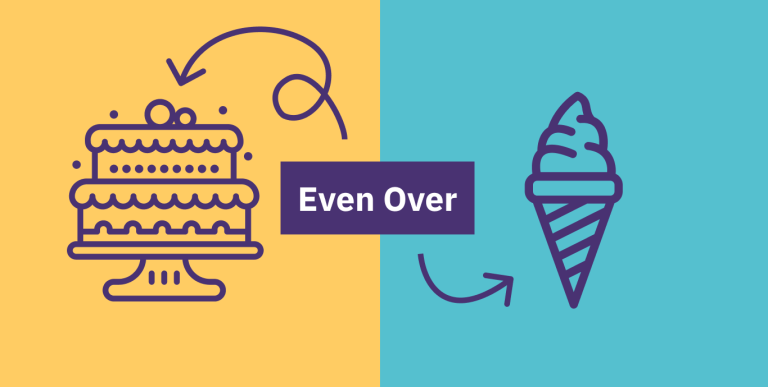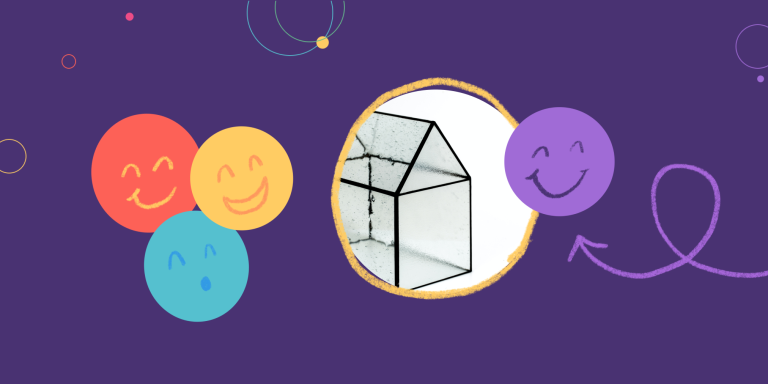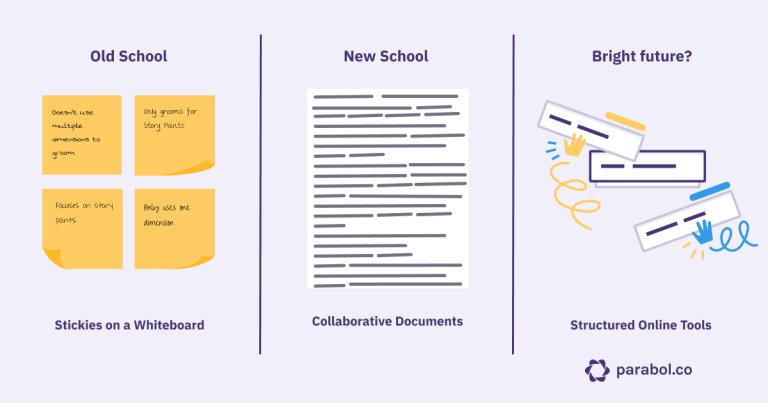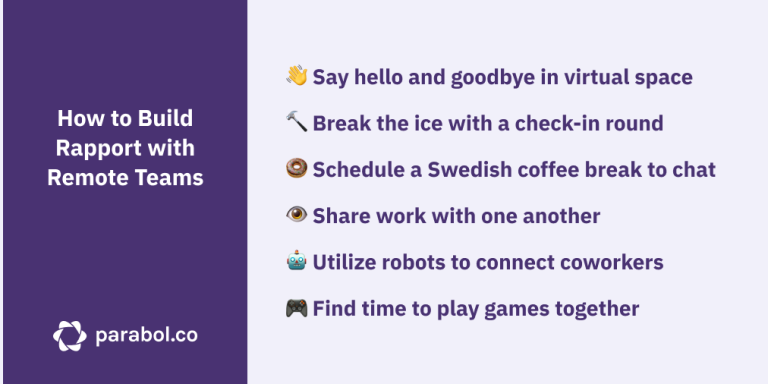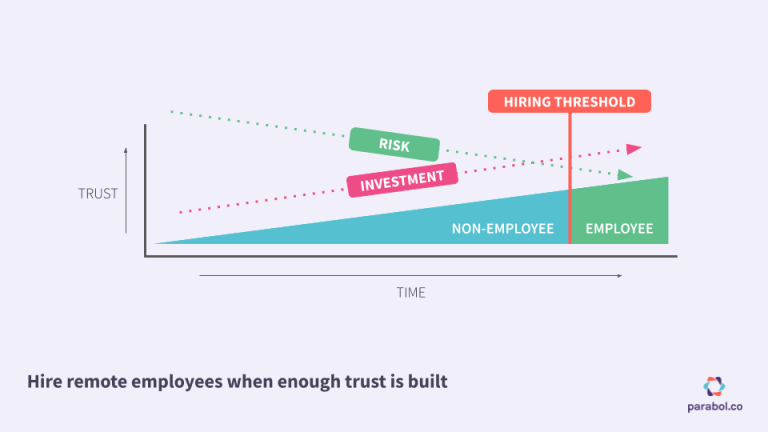Async Decision Making Process Using Slack
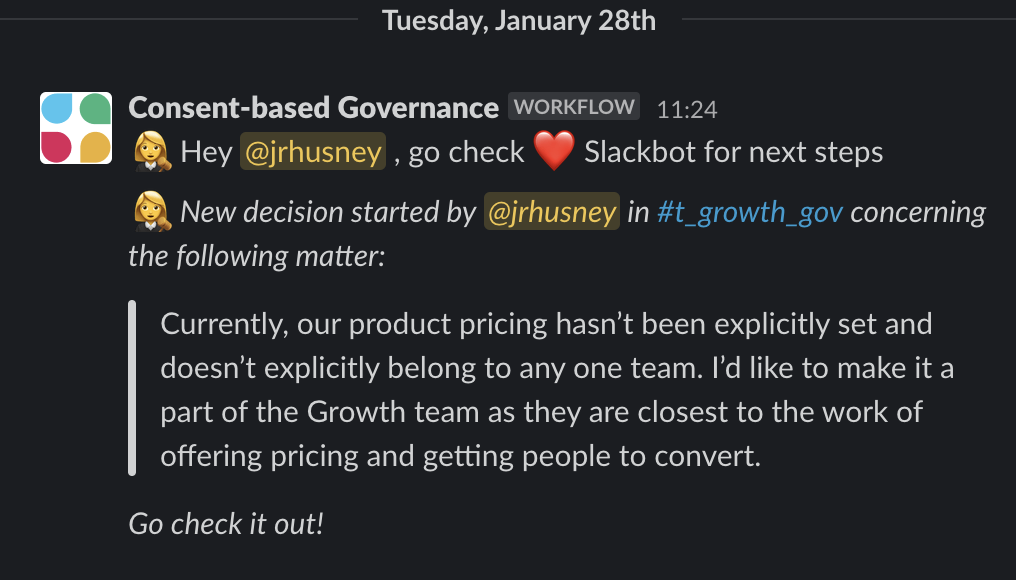
An organization is nothing more than the sum of what people decide to do with their collective resources, over time. If people choose wisely, the organization flourishes. If people choose poorly, the organization suffers delays, pain, and even peril
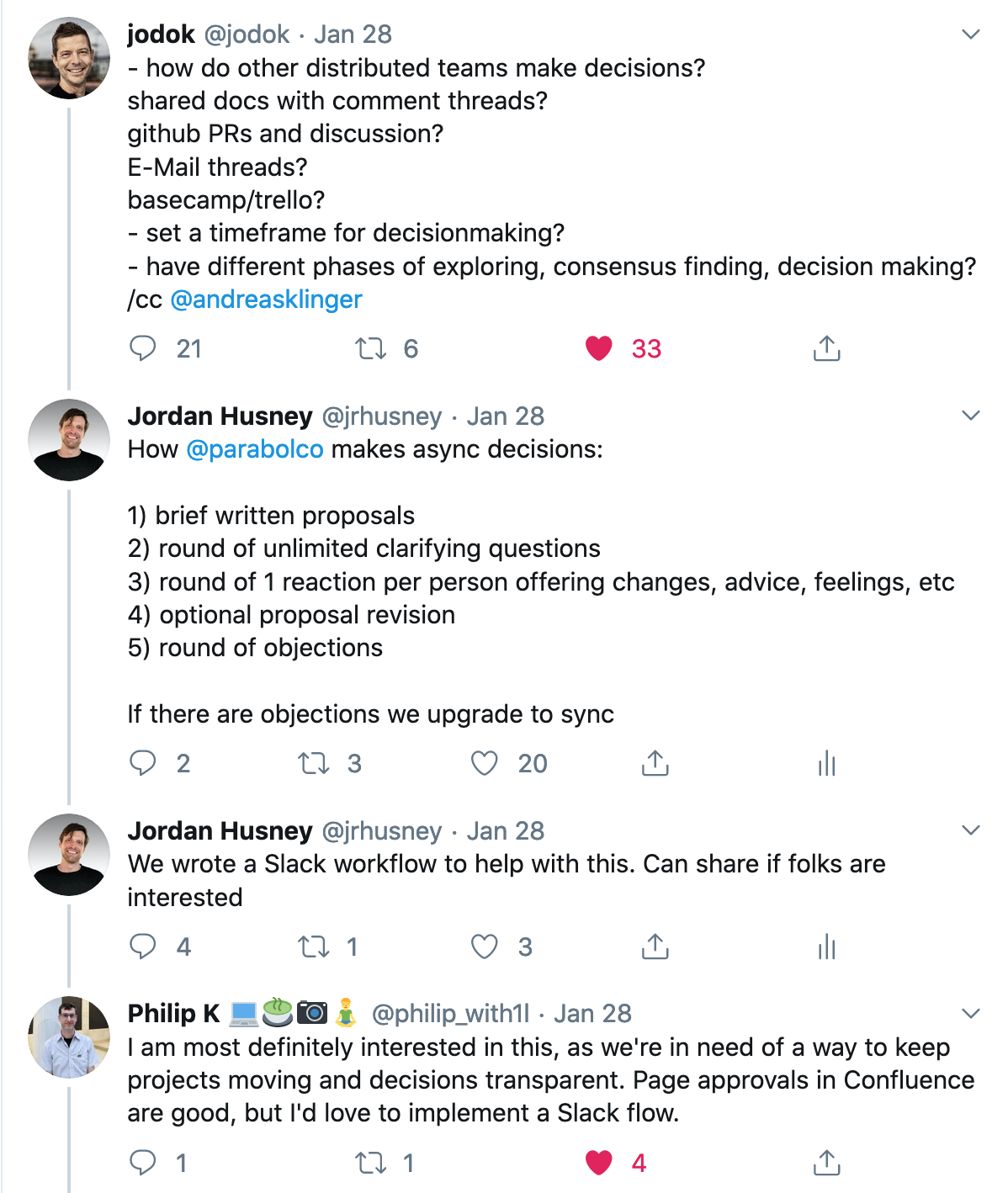
Folks often assume decisions must be made face-to-face, talking them out, but relying on face-to-face communication means an organization is limited by the amount of face time it has at its disposal. For a remote team stretched across several time zones, like our distributed organization at Parabol, there simply aren’t enough windows of overlap available to match the number of decisions we need to make. We need a decision-making process that will work for our distributed team.
High performing teams make as many good decisions as they can as quickly as they can.. For us, we’re deliberate about enabling certain practices around the way we make decisions to make sure they’re good decisions. Namely:
- Empowerment—unless someone else has rights over making a decision or spending a resource, the employee can make the call
- Consent-based decision making—if a decision affects more than one role (i.e. it’s a team-level or org-level decision) the burden isn’t for everybody to love the decision, rather it need only be safe to try
- Asynchronous decision making—if a decision can be made without needing a face-to-face meeting, do so
How to Make Good Decisions
Effective decision-making requires a group to recognize a decision is being made and pick how they’ll decide.
Unfortunately, that’s not how it usually goes. What often happens instead is a dialog that runs in circles, without one clear proposal but several—questions, reactions, and alternative proposals all being raised at the same time.
When people talk in circles and without process, the unspoken hope is one idea will rise above all others and everybody will agree to it—consensus. Deciding by consensus is alluring because if we all agree on a decision, the result of the decision feels likely to get done.
While deciding by consensus is often great for important decisions, for other kinds of choices—where moving quickly is more important—it can be too slow. Teams must choose the appropriate decision-making process for the situation at hand.
Common decision-making processes include:
- Democratic: majority rules
- Weighted: democratic, but expert votes count more than others
- Consultative: I decide, after gathering input (also called the “Advice process”)
- Autocratic: I decide
- Delegated: you decide
- Deferred: we don’t decide, but wait and gather more data
- Consensus: we all must agree
- Consent: we only must agree on what’s safe to try
Which should you choose? Decision-making tools like Nobl Collective’s thedecider.app can help people learn when specific decision-making models are applicable.
At Parabol, we have a simplified framework:
There is no faster way to make a decision then if an individual is empowered to simply make it. We want most decisions at Parabol to be either autocratic (made by an individual) or delegated (given to an person who’s better suited). This pushes our decision-making power into the hands of people closest to the work and biases our organization for speed. It’s only when a decision irreversibly impacts many individuals, or we’ve established a rule that a particular kind of decision must be made together that we employ the consent process in the image above.
We call this “trust by default.” For remote teams especially trust is essential for speed, because of the increased challenges imposed by distance and time zones. Of course, there are also times when a single person can’t decide alone.
When shared resources or responsibilities are at stake, high performing teams require a quick decision-making process for deciding together. Our process is consent-based decision making.
Our goal isn’t for everybody to agree on the perfect solution, but rather for everybody not to object to a solution that is safe enough to try. We engage in consent-based decision making when we’re confronted with a “two-way door”-style decision:
“We think about one-way doors, and two-way doors. A one-way door is a place with a decision if you walk through, and if you don’t like what you see on the other side, you can’t get back. You can’t get back to the initial state. A two-way door, you can walk through and can see what you find, and if you don’t like it, you can walk right back through the door and return to the state that you had before. We think those two-way door decisions are reversible, and we want to encourage employees to make them. Why would we need anything more than the lightest weight approval process for those two-way doors?” — Jeff Bezos
Like the above image implies, we want most one-way decisions to be modified to avoid having to make slow consensus decisions. Then we want our two-way decisions to be made as quickly as possible. Often at the end of the consent-based process, the original proposal is reduced in scope to be smaller, cheaper, easier and quicker to try. This is the outcome we want. It allows us to do and learn more, faster.
How to make consent-based decisions asynchronously
So how do you make async consent-based decisions? Here are the steps:
- Write a proposal—a proposal can be a new policy (like a working agreement, process, or workflow)
- Make your proposal with the help of a Slack Action Workflow—it’ll guide the team through rounds of shaping the proposal to be safe to try. Of course, if you don’t want to use our Workflow you could always do this process manually in a thread—lots of people do!
- Ratify the proposal—if there are no objections, add the proposal to our knowledge management system. Or if there are objections, schedule a meeting to resolve the objections
Pro tip: drafting a proposal with a teammate can speed up the consent process by yielding an idea that is better shaped and safer to try. Our culture encourages pairwork to when writing proposals
The Slack Consent-based Decision-Making Process

How does the Slack decision-making process take a proposal and help a team reach a decision that will be safe to try without requiring a meeting? The secret is rounds: collecting structured feedback that can be used to improve a proposal. Here are the rounds for making a consent-based decision:
- Propose—share the proposal
- Ask Clarifying Questions—everybody is given an opportunity to ask questions to understand the content of the proposal, to ask what is causing the need for the proposal, and how certain cases may be handled by the proposal
- Reactions—everybody is given an opportunity to give whatever feedback they like about the proposal
- Amend & Clarify—the proposer may make changes to their proposal and share a new version
- Objections—if anyone should object to the proposal in its latest form, the proposal must be brought to a meeting. Otherwise, the decision is adopted
Seeing it in Action
Play the Home Game
You can download or fork the Slack Action decision-making process workflow from GitHub here.
If you have questions or comments on how to use it, please feel free to create an issue on the repository.





